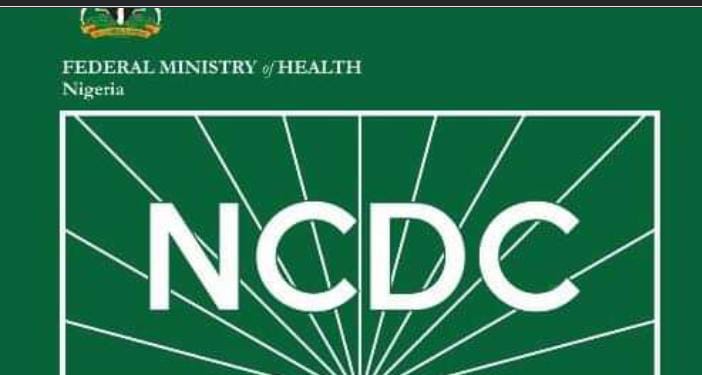The Nigeria Centre for Disease Control and Prevention on Thursday said Nigeria had recorded a total of 39 confirmed cases of mpox and zero deaths across 33 states and the Federal Capital Territory from the beginning of 2024.
The NDDC Director General, Dr Jide Idris, who disclosed this at a press conference in Abuja, also said the country had so far recorded a total of 5,951 suspected cases and 176 deaths have been recorded across 36 states, and the FCT as of August 11, 2024.
The Africa Centre for Disease Control on Tuesday declared a public health emergency over the growing Mpox outbreak on the continent.
The outbreak has swept through several African countries, particularly the Democratic Republic of Congo.
There is a serious and growing outbreak in the Democratic Republic of the Congo that has now expanded outside the country.
A new viral strain, which first emerged in September 2023, has for the first time been detected outside DRC.
So far, about 2,863 confirmed mpox cases and 517 deaths across 13 African countries have been reported in 2024 alone.
“In Nigeria, cumulatively, a total of 39 confirmed cases and zero deaths have been recorded across 33 States + FCT, from the beginning of the year 2024. Bayelsa (five), Cross River (five), Ogun (four), Lagos (four), Ondo (three), and Ebonyi (three) lead the pack.
“Noting the significant concern of the ease of cross-border transmission, this press conference is part of the effort to intensify our coordination and communication with stakeholders to manage the spread of the virus and prevent disease importation,” Idris said.
Mpox is a rare viral zoonotic infectious disease (i.e., disease of animals transmitted from animals to humans) that is endemic in several African countries including the tropical rainforests of Central and West Africa. The exact reservoir of the virus is still unknown although rodents, squirrels, and monkeys are suspected to play a part in transmission.
The Mpox virus can spread both from animal to human and from human to human.
Animal-to-human transmission may occur by direct contact with the blood, body fluids, skin, or mucosal lesions of infected animals (e.g., monkeys, squirrels, and rodents). This can happen through a bite, scratch, handling of, or eating inadequately cooked or other products of infected bushmeat. Human-to-human (person-to-person) transmission occurs when a person comes into contact with the virus from an infected human, or materials contaminated with the virus such as clothing, or bedding.
Symptoms of the illness include fever, headache, body aches, weakness, swollen lymph nodes (glands), and a rash. After about one to three days of fever, the rash erupts, beginning on the face and then spreading to the body with the face and palms/soles being mostly affected. They can also occur in and around the genitals which is why contact during sex is another mode of transmission.
The NCDC DG noted that the National Mpox Technical Working Group, a multi-sectoral body housed within the NCDC, continues to coordinate Mpox response activities.
Punch











Leave a Reply